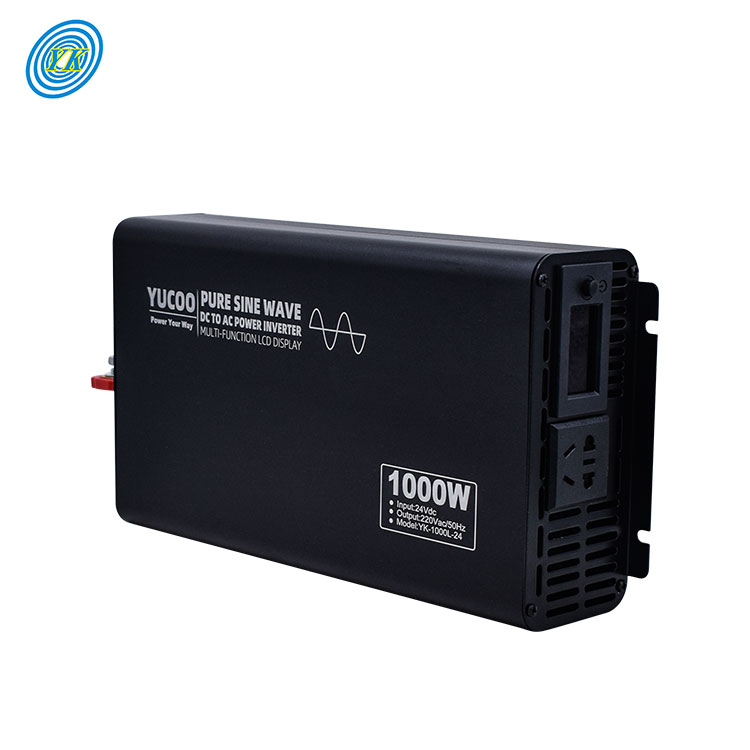News
Understanding Inverters: Function and Types
Click: 767 Date: 11/09/2023 3::00::20 PM
Understanding Inverters: Function and Types
Inverters play a crucial role in any power system that converts DC (Direct Current) to AC (Alternating Current). They are extensively used in renewable energy systems, battery storage systems, and in vehicles that run on electricity.

In simple terms, an inverter is an electronic device or circuitry that changes direct current (DC) to alternating current (AC). The input voltage, output voltage and frequency, and overall power handling depend on the design of the specific device or circuitry.
There are three main types of inverters - Square Wave, Modified Sine Wave, and Pure Sine Wave.
Square Wave Inverters are the most simple and the least expensive to produce. However, they are the least used due to their inefficiency and because many electrical devices can't run on square wave input.
Modified Sine Wave Inverters are more efficient and can run most electrical devices without issues. They are cheaper than pure sine wave inverters but more expensive than square wave inverters.
Pure Sine Wave Inverters are the most expensive but also the most efficient. They can run any electrical device, and they provide the same form of energy you receive from a power grid.
While selecting an inverter, it's important to consider the type of devices you want to power, the power requirement, and the efficiency of the inverter.